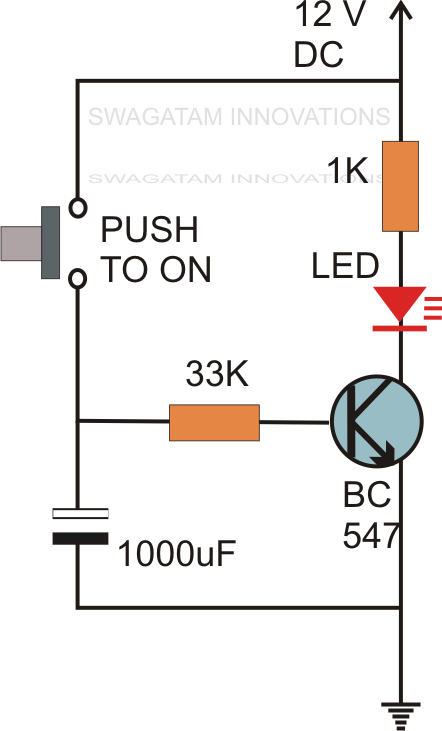
Some schematic drawings show timed contacts as instantaneous contacts identified with their timing behavior. When looking at the schematic symbol for timed contacts the arrowhead indicates the direction of the timing action. Some timers will have instantaneous contacts in addition to their timed contacts. And delay their action when the coil is de-energized. Off-delay timers change their original state instantly when energized. The timing contacts for the off-delay timer can be either normally open, timed to open (NOTO), or normally closed, timed to close (NCTC).

This arrangement is commonly used in furnace HVAC systems and conveyor belt circuits. These are commonly used in circuits where we might want to stop two motors from the same pushbutton station but allow the second motor to run for an additional period of time. Off-Delay Timers Off-delay timer contacts When looking at the schematic symbol for timed contacts, the arrowhead indicates the direction of the timing action. On-delay timers delay their action when the coil is energized and revert to their original state instantly when de-energized. The timing contacts for the on-delay timer can be either normally open, timed to close (NOTC), or normally closed, timed to open (NCTO). These are commonly used in circuits where we might want to start two motors from the same pushbutton station but with a slight delay to minimize line disturbances due to inrush. Timers come in two classes: On-delay timers and off-delay timers. The distinctive quality of timers is the addition of some sort of delay mechanism that prevents the auxiliary contacts from changing their state for some pre-set amount of time. Timers are similar in construction to control relays in the sense that they have a low-voltage armature and coil that opens or closes a set of contacts when energized.

In this article, we discuss on- and off-delay as well as retentive timers and define the inputs and outputs required to properly use them.

The timer is a fundamental function of ladder logic programming. One of the ways that we can accomplish this is to use timing relays. Understanding PLC Program Commands: Timers. If two or more motors are controlled from the same pushbutton station, it may be desirable to provide a time interval between their starting. If several motors are to be started simultaneously, these combined inrush currents could cause line disturbances throughout the system and cause nuisance tripping of overcurrent devices. Whenever a motor is started, it draws an initial inrush current. Motor Starters and Contactors 17 Timers Pneumatic-timing relays.


 0 kommentar(er)
0 kommentar(er)
